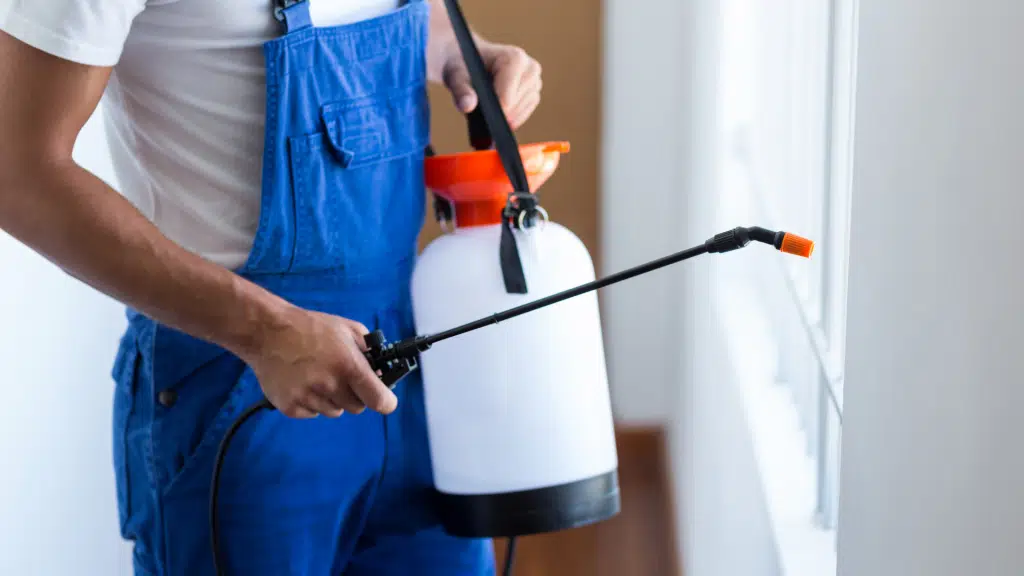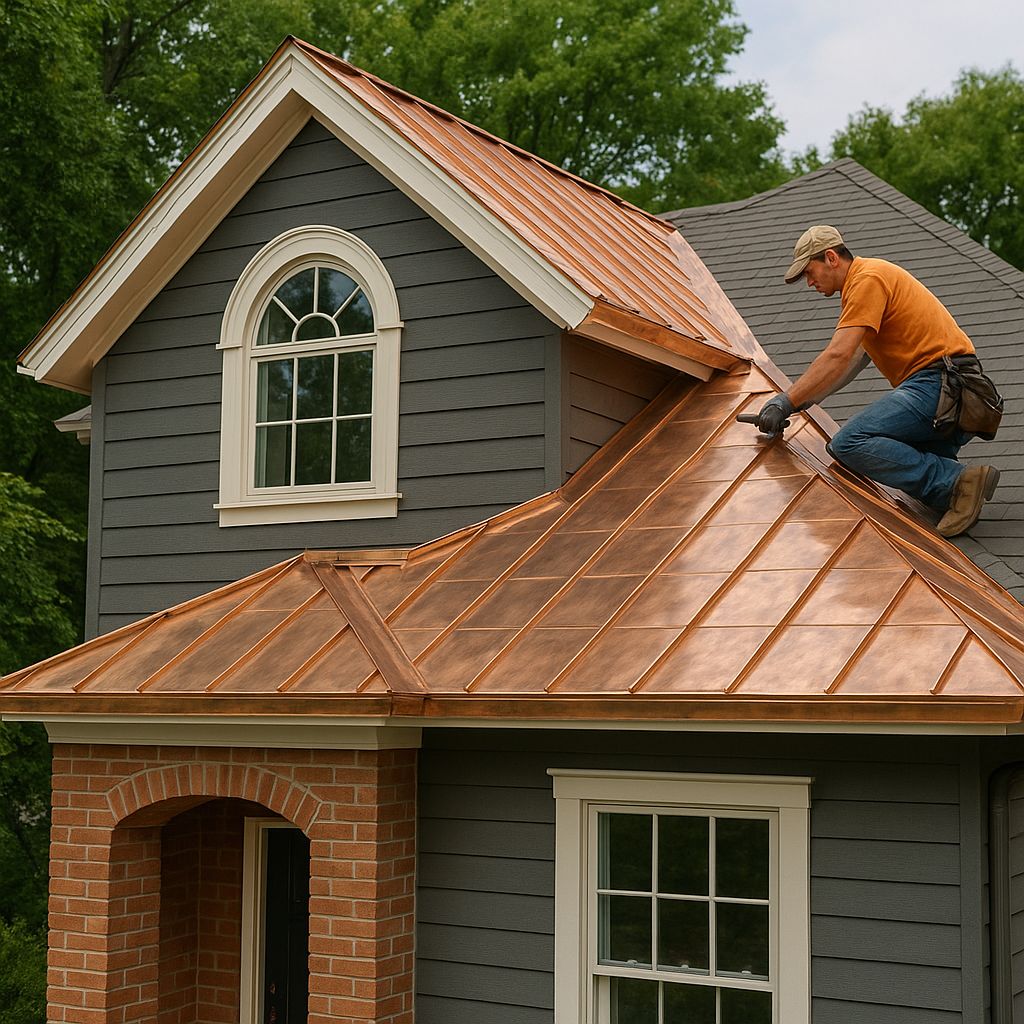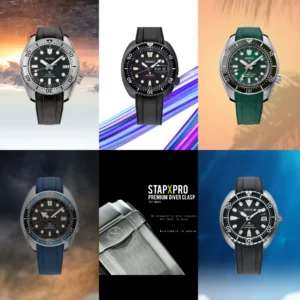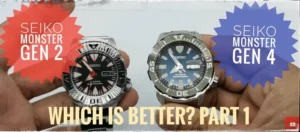Professional Pest Control Solutions: An Ex-Technician’s Expert Guide
As a former pest control technician, I understand the importance of choosing the right solutions for effective pest management. Today’s article will explore professional-grade pest control methods and products that deliver reliable results. For more comprehensive insights into professional services and maintenance, visit professional pest management solutions and maintenance guides.
When pests invade homes, businesses, or agricultural areas, they bring with them not just inconvenience but also potential health risks and structural damage. Professional pest control technicians are trained to tackle infestations using various effective solutions tailored to specific pest problems. In this article, we’ll explore the tools, techniques, and strategies pest control technicians use to eliminate pests and prevent their return.
Understanding pest control methods is essential for both professionals and individuals seeking to manage pest issues. Let’s dive into the methods commonly used and the reasoning behind them.
Understanding Professional-Grade Pest Control Solutions
Chemical Solutions
Professional pest control technicians rely on various chemical formulations:
- Residual Insecticides
- Pyrethroid-based solutions
- Microencapsulated formulations
- Water-based emulsions
- Non-residual Sprays
- Contact killers
- Knockdown agents
- Space treatments
Natural and Bio-based Solutions
Modern pest control increasingly embraces eco-friendly options. For detailed information about sustainable pest control methods, check out this comprehensive guide on eco-friendly pest management techniques and natural solutions.
Common Natural Solutions Include:
- Diatomaceous Earth
- Essential Oil-based Products
- Botanical Insecticides
- Beneficial Nematodes
Application Methods Used by Professionals
1. Targeted Spraying
Professional technicians use precise application methods:
- Crack and crevice treatments
- Barrier applications
- Spot treatments
- Perimeter spraying
2. Baiting Systems
Effective baiting requires:
- Strategic placement
- Regular monitoring
- Proper bait rotation
- Documentation of consumption
3. Dusting Applications
Professional dusting techniques include:
- Wall void treatments
- Attic applications
- Crawl space dusting
- Electric dust applicators
Common Pest-Specific Solutions
Rodent Control
Professional rodent control typically involves:
- Anticoagulant baits
- Mechanical traps
- Exclusion materials
- Tracking powders
- Monitoring stations
Cockroach Management
Effective cockroach control requires:
- Gel baits
- Growth regulators
- Residual sprays
- Monitoring devices
- Dust applications
Ant Control
Professional ant treatments include:
- Liquid baits
- Granular products
- Non-repellent sprays
- Barrier treatments
- Colony elimination products
Equipment and Tools
Essential Professional Equipment
- Backpack sprayers
- Power sprayers
- Fogging machines
- Dust applicators
- Bait guns
- Inspection tools
Safety Equipment
- Respirators
- Chemical-resistant gloves
- Protective eyewear
- Coveralls
- Steel-toed boots
- First aid kits
Treatment Protocols and Best Practices
Initial Inspection
- Thorough site assessment
- Pest identification
- Harborage location
- Entry point identification
- Conducive condition documentation
Treatment Planning
- Solution selection
- Application method determination
- Safety considerations
- Environmental factors
- Regulatory compliance
Application Procedures
- Proper mixing techniques
- Calibrated equipment
- Systematic application
- Documentation requirements
- Follow-up scheduling
Integrated Pest Management (IPM) Approach
Key Components
- Prevention
- Exclusion
- Habitat modification
- Sanitation improvements
- Structural repairs
- Monitoring
- Regular inspections
- Trap placement
- Documentation
- Trend analysis
- Control Methods
- Cultural controls
- Mechanical controls
- Biological controls
- Chemical controls
Safety Considerations
Chemical Handling
- Proper storage
- Mixing procedures
- Application safety
- Spill protocols
- Disposal methods
Environmental Protection
- Water source protection
- Non-target species consideration
- Drift prevention
- Runoff management
- Weather considerations
Record Keeping and Documentation
Essential Records
- Treatment reports
- Chemical usage logs
- Equipment maintenance
- Customer communications
- Follow-up scheduling
Regulatory Compliance
- License requirements
- Insurance documentation
- Safety data sheets
- Training records
- Application records
Customer Education
Important Topics
- Prevention methods
- Sanitation practices
- Structural maintenance
- Post-treatment precautions
- Re-entry times
Communication Methods
- Written materials
- Verbal instructions
- Demonstration
- Follow-up guidance
- Emergency procedures
Maintenance and Follow-up
Regular Maintenance
- Inspection schedules
- Product rotation
- Equipment cleaning
- Calibration checks
- Supply inventory
Follow-up Procedures
- Treatment evaluation
- Effectiveness assessment
- Customer feedback
- Adjustments needed
- Future prevention
Industry Trends and Innovations
Current Trends
- Green solutions
- Smart monitoring systems
- Remote sensing
- Data analytics
- Mobile applications
Emerging Technologies
- Thermal treatments
- Biological controls
- Pheromone applications
- Electronic monitoring
- Automated systems
How to Become a Pest Control Technician
If you’re inspired by the role pest control technicians play, here’s a quick guide on how to enter this profession:
- Education and Training: Attend courses that cover pest biology, control methods, and safety protocols.
- Licensing: Obtain certification and licenses required in your region.
- Experience: Gain hands-on experience through internships or entry-level positions.
- Ongoing Learning: Stay updated with the latest advancements in pest control solutions.
Conclusion
Pest control technicians use a combination of chemical, biological, and physical methods to manage pest infestations effectively. By embracing sustainable practices and leveraging advanced tools, they ensure safe and long-term solutions for homes, businesses, and agricultural settings. Whether tackling termites, rodents, or weeds, the expertise of pest control professionals is invaluable in maintaining pest-free environments.
Understanding the solutions they use can empower homeowners and businesses to make informed decisions about pest control. For those curious about creative problem-solving in various industries, resources like Big Write Hook and Blogarcy Art offer fascinating insights.














Post Comment